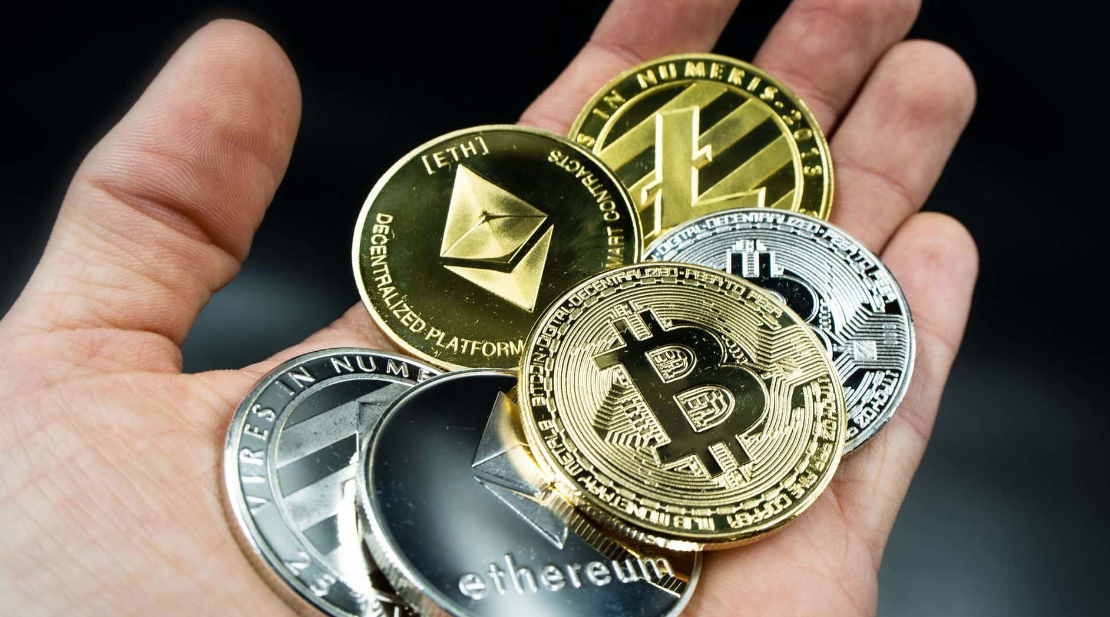Tokens and Stablecoins in Financial Crime. In an effort to protect consumers from financial crime, regulators are now considering the use of tokens and stablecoins. The Working Group has proposed that stablecoins be regulated as banking products, with the Securities and Exchange Commission or the Commodity Futures Trading Commission overseeing the transactions. However, the Working Group opposes stablecoins backed by major technology companies. They also propose to erect a wall between tokens and non-financial businesses. This wall would mimic the long-standing separation between banking and commerce. It could also hinder efforts of companies like Meta, which is planning to launch its own stablecoin under the name Diem and offer crypto wallet services.
Risks of stablecoins
Stablecoins are digital currency units that are used for peer-to-peer transactions. As such, these virtual currency units pose significant challenges and risks, including potential threats to the financial system, national security, and consumer protection. These unregulated currencies can also undermine the functioning of the wider economy and threaten to disintermediate community banks. This is why the ICBA encourages policymakers to bring stablecoins within the regulatory perimeter.
The recent extreme volatility in digital assets has brought renewed attention to the industry. The collapse of the Terra UST and its LUNA governance token has prompted regulators to focus on the cryptocurrency industry. Though the risks associated with UST/LUNA were widely known, the incident has led to increased regulatory scrutiny of this industry.
Stablecoins are a growing part of the crypto-ecosystem. They represent a $163 billion market value, with over 200 different varieties globally. They use one of three methods to stabilize their value, each of which has inherent risks. Stablecoins are growing quickly.
Stablecoins are a new type of currency that could pose a potential threat to financial security and money laundering. While they are largely anonymous, the ability to exchange virtual currencies quickly can be used to hide illicit funds. According to the Financial Action Task Force, the potential impact of these new digital currencies will be significant.
Despite the significant benefits of stablecoins, policymakers are concerned about the risks associated with them. Although they can be used to fund legitimate businesses, the risks of using them to commit financial crimes are also a concern. Because of this, regulatory agencies and financial institutions must ensure that stablecoin issuers follow rigorous AML/KYC procedures and policies.
Regulation of stablecoins
The Federal Reserve is considering regulating stablecoins as systemically important financial institutions (SIFIs). SIFIs are subject to increased liquidity risk requirements and consolidated supervision from the Federal Reserve. Four nonbank companies have already been designated SIFIs. However, those designations have since been withdrawn.
Regulators are seeking to address these risks as well as build a relationship between stablecoins and the financial system. In particular, they are concerned about money laundering and the financing of terrorism. The US government supports responsible innovation, and stablecoins may contribute to achieving the goals of inclusion, resiliency, and efficiency in the payments system. However, they also have risks of fraud and conflicts of interest. In addition, they are vulnerable to manipulative trading practices and misleading market disclosures. Another concern with stablecoins is their interdependence on digital asset trading platforms. This can lead to failure and lack of governance. In addition, they may suffer from problems related to cybersecurity, interoperability, and scalability.
In addition, stablecoins may be subject to risk of run, which may arise due to a loss of confidence or a liquidity event. Such events may result in a self-reinforcing cycle of redemptions. Moreover, the risk of run may differ depending on the composition of reserve assets. For example, a stablecoin backed by insured deposits would likely have lower run risks than one backed by commercial paper.
In the meantime, various bills have been introduced to address the issue of stablecoins. However, it is unlikely that such legislation will pass quickly, given the priorities of the Biden administration. Nevertheless, the FSOC process can help determine whether state regulation should mesh with federal standards.
Speculative nature of stablecoins
A stablecoin is a digital currency backed by a fiat currency such as the U.S. dollar. The coins are purchased and sold automatically to maintain a consistent value. Stablecoins can be created by staking digital assets on a blockchain or by tokenizing other assets. The latter is a process in which the holders commit digital assets to a protocol. Stablecoins are popular and can be used as a payment method.
The rapid growth of stablecoins has accelerated the need for regulation. The technology can streamline global payments and transfers, and it can avoid the need for intermediaries and service providers. As a result, it could significantly reduce merchant fees. Stablecoins also have the potential to improve financial inclusion in emerging markets and can help the underbanked access financial services.
Stablecoins are a solution in search of a problem. They promise to maintain the value of a cryptocurrency and have the advantage of not being controlled by central banks. While they’re not universally accepted, many cryptocurrency adherents feel that the future of currency is digital. As such, stablecoins are a useful alternative to the volatile currencies. Unlike cryptocurrencies, stablecoins have a lower volatility, making them more usable for investing purposes. They also have an algorithm that controls their supply.
Stablecoins are a useful tool in the financial industry, but they are not without their share of risks. The advent of crypto assets can lead to destabilizing capital flows. To avoid these risks, policymakers should ensure that global standards for crypto assets are in place and that the crypto ecosystem is closely monitored.
Lack of regulatory oversight of stablecoins
Lack of regulatory oversight of stablecoins has spawned concerns about their use in financial crime. The lack of oversight is particularly relevant in a decentralized financial environment, where stablecoins are used in transactions involving other digital currencies. Large corporations, such as Visa and Mastercard, are now exploring the use of stablecoins. The PWG, composed of the chairpersons of the Federal Reserve System, Securities and Exchange Commission, and Commodity Futures Trading Commission, has raised questions about the regulation of stablecoins in December 2020. The SEC has also expressed concerns about the proliferation of stablecoins.
One area of concern relates to operational resilience. Because stablecoins are decentralized and use smart contracts, their systems are vulnerable to attack and flaws. Moreover, some of the largest stablecoins run on multiple blockchains, with separate tokens on each blockchain. This creates a risk that a stablecoin could grow too large relative to the capacity of a single blockchain.
Stablecoins may enable new payment capabilities in the future, but they should not be used at the expense of community banks and their crucial role in providing financial services. As a result, ICBA urges policymakers to ensure that stablecoin issuers have robust AML/KYC programs and to guard against the potential for systemic threats to the wider payment system.
There are several bills that can address this problem. The Financial Stability Oversight Council, for example, has broad powers to regulate systemically important payment activities. While these proposals are encouraging, they’re unlikely to pass quickly. And given the Biden administration’s top priorities, there may be little need for rapid action.
Cost of carrying out a terrorist attack with a stablecoin
Stablecoins are a new type of cryptocurrency, which can pose new money laundering and terrorist financing risks. These coins are designed to counter the wild price swings of Bitcoin, which have made the digital currency unusable as a store of value, payment medium, or commerce vehicle. Facebook, for example, unveiled its own stablecoin in June, called Libra. It is backed by government debt and currencies.



